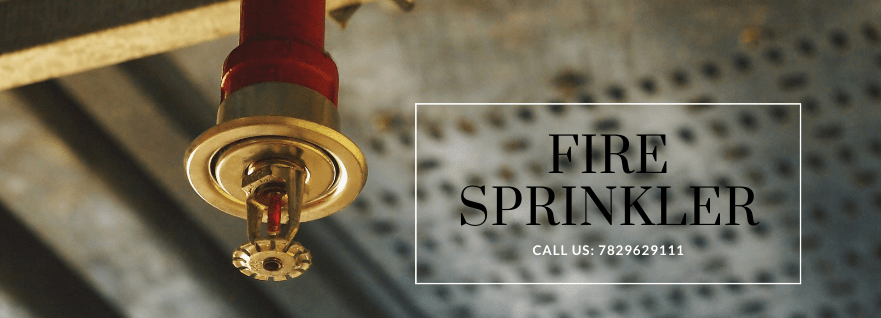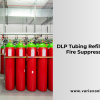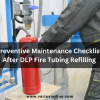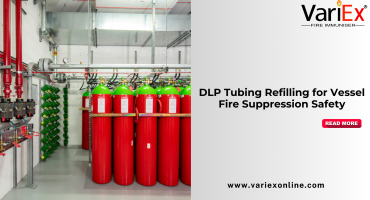![]()
Fire Immuniser
+91-7829629111
Email: info@variex.in
Varistor Technologies Pvt. Ltd.
Block-1, First Floor, Ardente Office One, Hoodi Circle, ITPL Main Road, Bengaluru, Karnataka 560048, IN
How Residential Fire Sprinkler Systems Work
Frequently Asked Questions
A residential fire sprinkler system is a network of pipes, valves, and sprinkler heads installed in homes to automatically detect and suppress fires. These systems are designed to protect occupants and property by delivering water directly to the source of the fire.
Residential fire sprinkler systems work by activating individual sprinkler heads in response to heat from a fire. When a sprinkler head reaches a predetermined temperature, typically between 135 to 165 degrees Fahrenheit (57 to 74 degrees Celsius), it opens and releases water onto the fire below, suppressing flames and preventing the fire from spreading.
Yes, residential fire sprinkler systems are highly effective in suppressing fires and reducing property damage and loss of life. Studies have shown that sprinklers can control or extinguish fires in the majority of cases, providing vital protection in the event of a fire emergency.
Yes, regular maintenance and testing of residential fire sprinkler systems are essential to ensure their proper function and reliability. Homeowners should schedule annual inspections by qualified technicians to check for leaks, corrosion, and proper operation of all system components.
While residential fire sprinkler systems may release water during a fire incident, the amount of water discharged is typically much less than what would be used by firefighting hoses. Sprinklers are designed to control or extinguish fires with minimal water damage to unaffected areas of the home.
Final Say
At VariEx.in and VariexOnline.com, we specialize in supplying and installing top-quality fire fighting systems and equipment. From fire extinguishers to advanced suppression systems, we offer comprehensive solutions tailored to your needs. Our experienced team ensures precise installation and maintenance for optimal safety.
Trust VariEx for reliable fire protection. Contact us online or call 7829629111 to learn more.
"WHAT YOU CAN READ NEXT"
 Read more +24 November 2023 in Fire Extinguisher
Read more +24 November 2023 in Fire ExtinguisherWhat types of fire extinguishers are available for different fire classes?
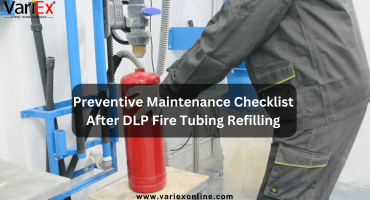 Read more +11 July 2025 in Fire Suppression
Read more +11 July 2025 in Fire Suppression

